Ground shipping is currently paused. Local deliveries throughout Long Island will continue as usual. Pre-orders for fall are now open. Non-local orders will begin shipping again in early September. Click here to learn more.
Ground shipping is currently paused. Local deliveries throughout Long Island will continue as usual. Pre-orders for fall are now open. Non-local orders will begin shipping again in early September. Click here to learn more.
| Size | |
|---|---|
| Common Name | |
| Type | |
| Family | |
| Native? | |
| Sun | |
| Water | |
| Soil Type | Loamy, Silt |
| Attracts | Aphids, Bees, Beetles, Beneficial Wasps, Butterflies, Caterpillars, Flies |
| Growth Rate |
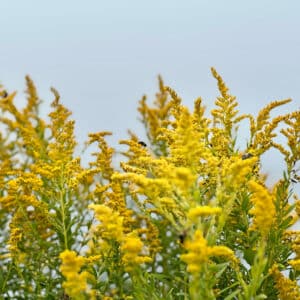
Helenium autumnale, widely known as Autumn Sneezeweed, is a stunning late-summer to fall-blooming perennial that adds a splash of vibrant yellow, orange, and red hues to any garden. This plant excels in borders, wildflower meadows, and pollinator gardens, attracting bees and butterflies with its eye-catching daisy-like flowers. Despite its common name, Autumn Sneezeweed is not associated with causing sneezing. Its drought tolerance and low maintenance make it an ideal choice for gardeners seeking to extend their garden’s visual appeal into the autumn months.
$12.99 – $111.99Price range: $12.99 through $111.99
Please note: Sizes 1.5 Gallon and up can’t be shipped outside the counties of Nassau, Suffolk, and Queens.
Learn more about how the process works and how our plants are delivered.
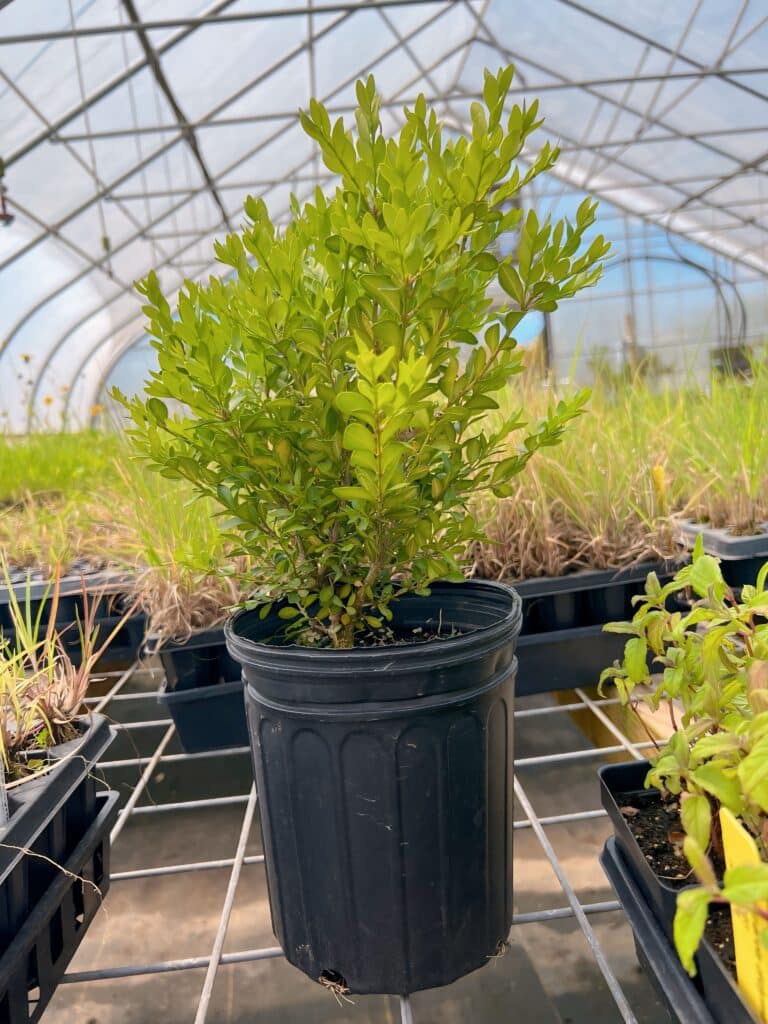
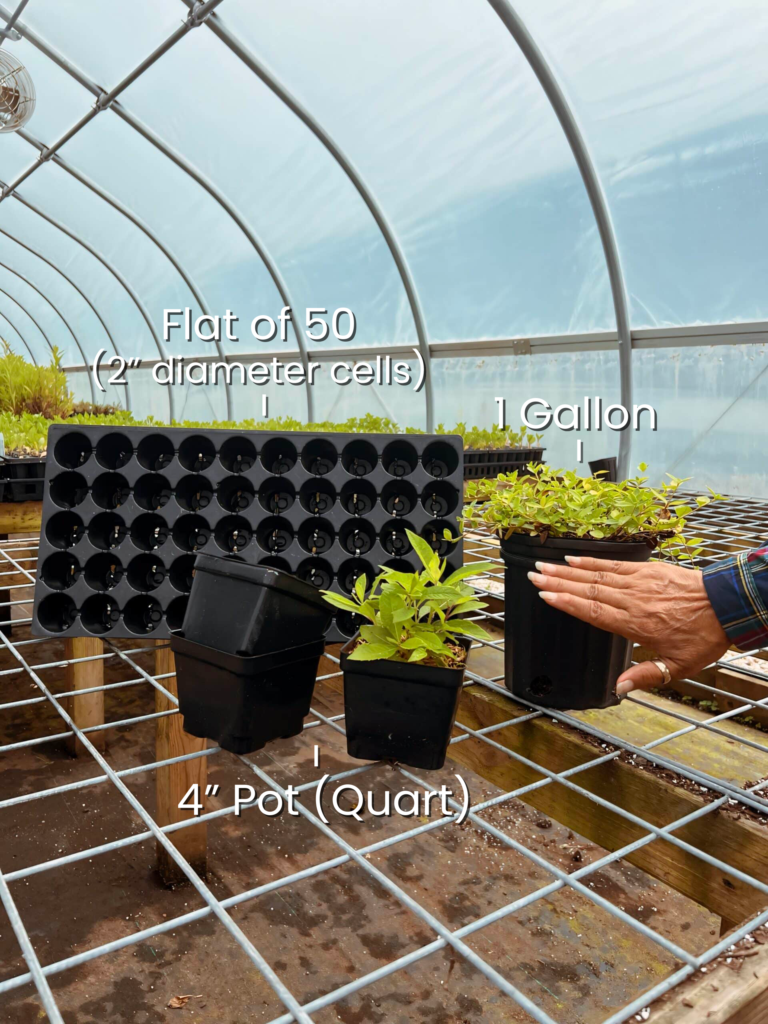
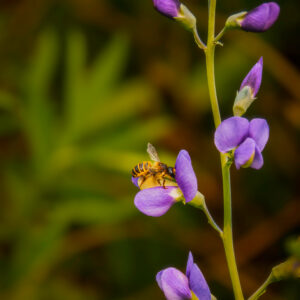
Ground shipping is paused due to summer heat. Only local delivery (Long Island & Queens) is available. Orders placed during the pause will begin processing September 1, and ground shipping will resume September 15.
| Size | |
|---|---|
| Common Name | |
| Type | |
| Family | |
| Native? | |
| Sun | |
| Water | |
| Soil Type | Loamy, Silt |
| Attracts | Aphids, Bees, Beetles, Beneficial Wasps, Butterflies, Caterpillars, Flies |
| Growth Rate |
Embrace the vibrant beauty of Autumn Sneezeweed (Helenium autumnale), a perennial that stands out in the garden with its profusion of bright, cheerful blooms from late summer through fall. Often referred to by its botanical name, Common Sneezeweed, this native plant is anything but common when it comes to its ornamental value and ecological benefits.
Autumn Sneezeweed’s bold colors and striking presence make it a fantastic addition to any landscape design. Use it to inject color into fading late-season gardens, as a stunning backdrop in mixed borders, or to create a dedicated pollinator garden that supports local wildlife through the fall.
Planting Autumn Sneezeweed not only enhances the garden’s aesthetic appeal but also contributes to the health of local ecosystems by providing essential resources for pollinators at a crucial time of year.
Incorporate Helenium autumnale, or Autumn Sneezeweed, into your garden to enjoy its visual splendor and ecological benefits. As this vibrant perennial takes center stage in the late summer and fall, it reminds us of the beauty and resilience of native flora.
/5
Total reviews
|
|
Persons recommended this product
Anonymous
Shopper
check_circle Verified
Shop owner replied
Was this helpful
Anonymous
Shopper
check_circle Verified
Shop owner replied
Was this helpful
There are no reviews yet.
Be the first to review “ ”
Your feedback helps us improve our service.
Please log in to submit a review.
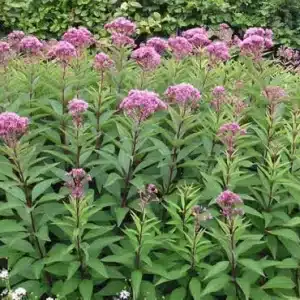
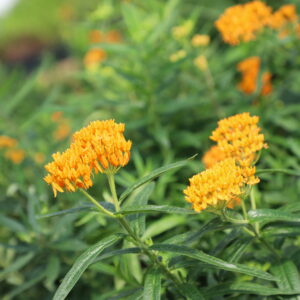
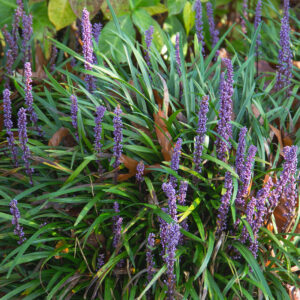
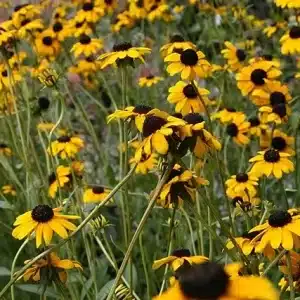
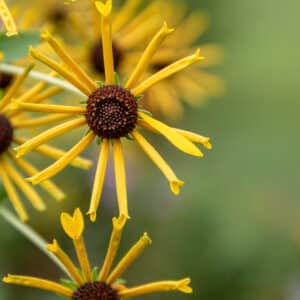
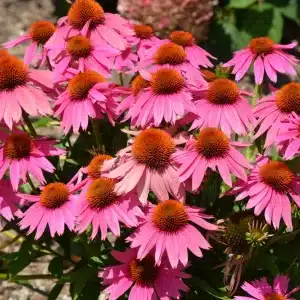
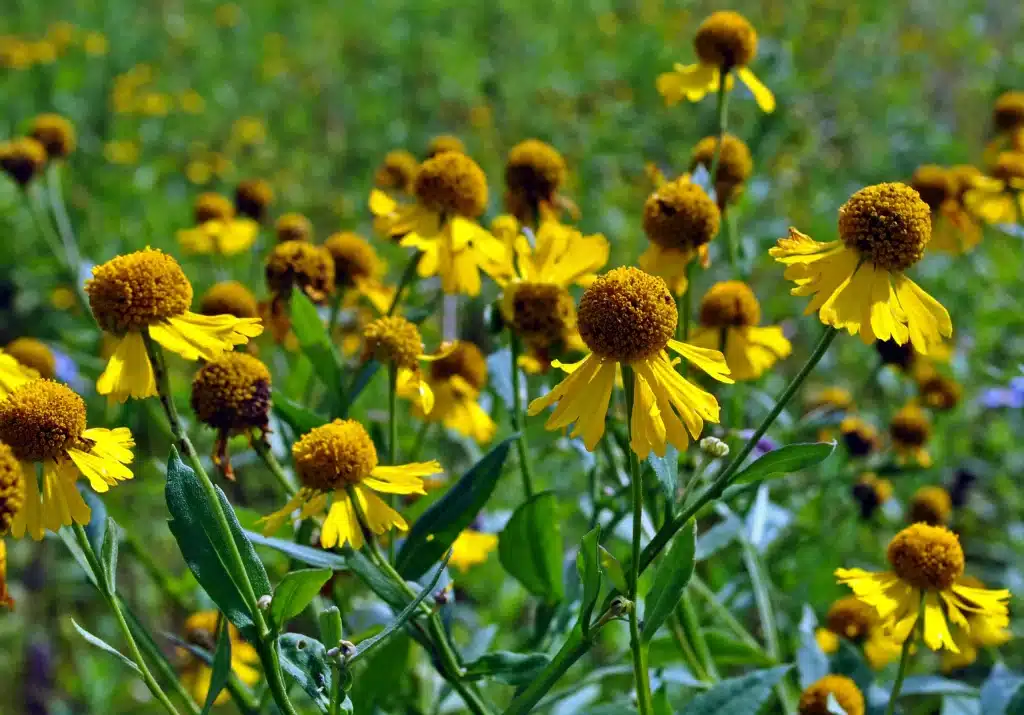
Common Sneezeweed thrives in full sun and prefers moist to wet soils, often found along streams, ponds, and in wet meadows. It can also adapt to average garden soils with adequate moisture.
This perennial plant typically grows 3 to 5 feet tall and 2 to 3 feet wide, forming an erect, clump-forming habit with branching near the top
It blooms from late summer to fall, producing bright yellow, daisy-like flowers with wedge-shaped petals that have three lobes at the tips, surrounding a nearly spherical central disk. These blooms are highly attractive to bees and butterflies
Yes, Common Sneezeweed is excellent for pollinator gardens, as its abundant blooms provide nectar for bees, butterflies, and other beneficial insects during late summer and fall
No, it is considered a low-maintenance plant. Regular watering is essential, especially in dry periods, to maintain soil moisture. Cutting back stems in early summer can encourage branching and increase flower production.
Our gift cards make it easy to share the beauty of plants, flowers, and all things green. Whether for a special occasion or just because, give the gift of choice and let them select their favorites to create a garden they’ll cherish.
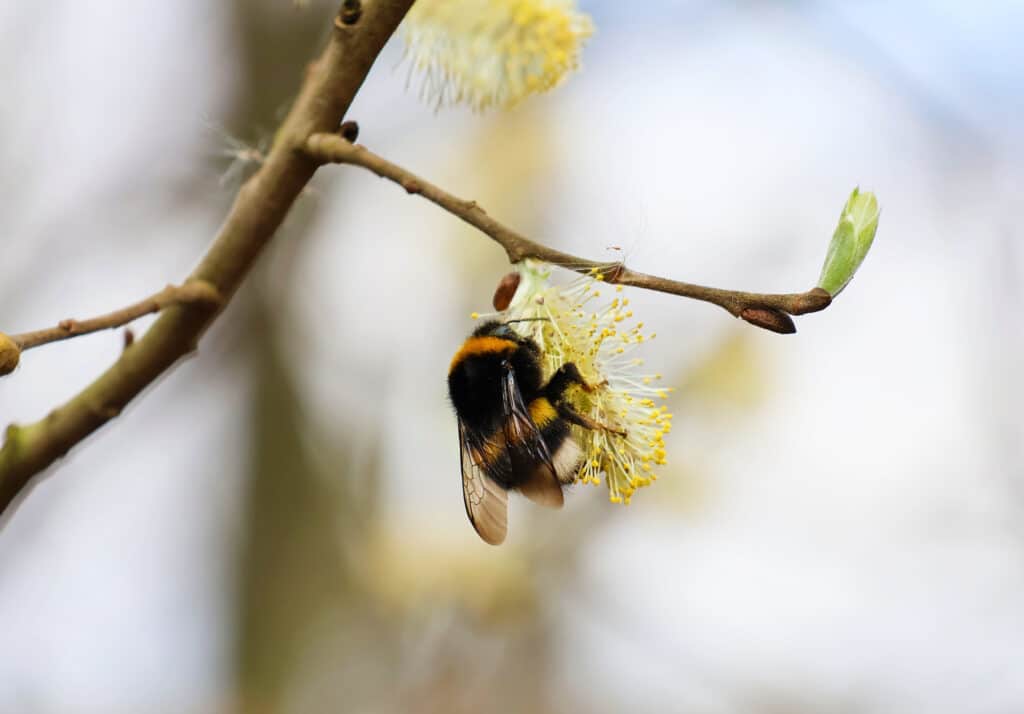
Only Local Delivery Available (Long Island & Queens)
Ground Shipping Paused
To protect our plants from extreme summer heat, we’ve paused nationwide ground shipping to avoid any damage during transit.
Local Delivery Only
We’re still delivering locally to Long Island and Queens, so nearby customers will continue to receive orders as usual.
Fall Pre-Orders Are Open Nationwide!
We will resume normal shipping for non-local orders placed during the pause in early September.
Thank you for your support and understanding—we’re looking forward to growing with you this fall!